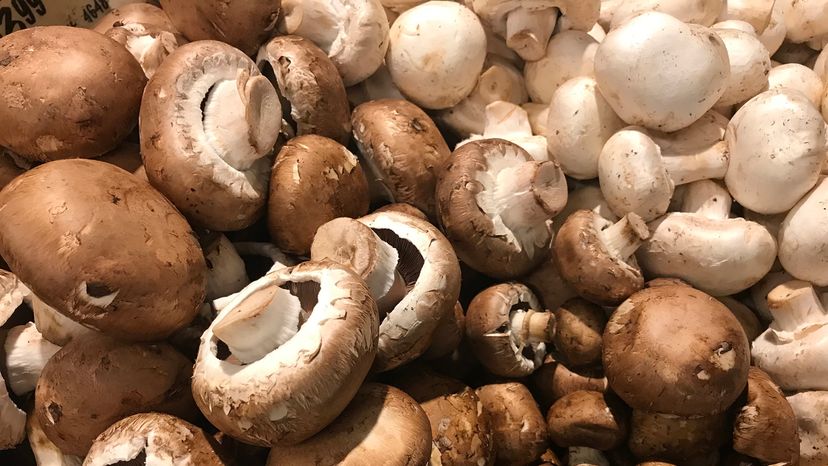
Most mushrooms found in grocery stores belong to the Agaricus bisporus species, which includes white button mushrooms, brown mushrooms (also known as cremini) and portobello mushrooms. These edible species are cultivated on a large scale and are packed with nutrients.
However, not all edible mushrooms are as rich in vitamin D as some people may claim.
Agaricus bisporus varieties are indeed nutritious, but their vitamin D content is not naturally high unless they are exposed to ultraviolet light. Standard button/cremini/portobello mushrooms grown without UV exposure have minimal vitamin D, whereas UV-treated or sun-exposed mushrooms can produce significant vitamin D.
Other edible mushrooms, like shiitake and oyster mushrooms, are prized for their meaty texture and umami-rich taste. King oyster mushrooms, with their thick stems and mild flavor, are great for stir-fries and grilling. Hen of the woods (also called maitake) grows in the wild and is a favorite among foragers for its rich, earthy taste.




